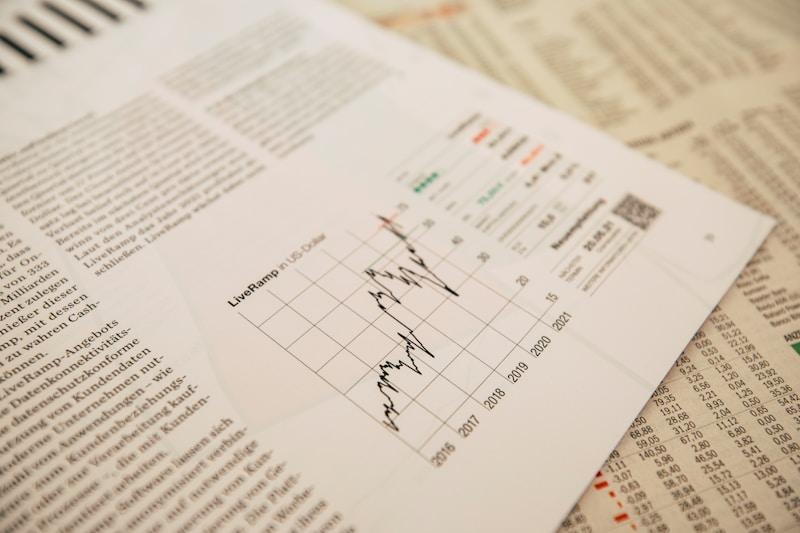5 Questions
Explain the concept of risk neutrality in the context of asset pricing.
Risk neutrality refers to the attitude of an individual or agent who is indifferent to risk. This means that the individual is willing to accept any level of risk as long as the expected return is commensurate with the risk taken, and is not influenced by higher levels of risk.
What are some measures of risk aversion used in asset pricing?
Some measures of risk aversion used in asset pricing include the coefficient of absolute risk aversion, coefficient of relative risk aversion, and Arrow-Pratt measure of risk aversion.
Discuss the concept of risk aversion and its implications in asset pricing.
Risk aversion refers to the tendency of individuals to prefer a certain payoff over a risky outcome with the same expected value. In asset pricing, risk aversion leads to a higher required rate of return for riskier assets, influencing their prices and market equilibrium.
Explain the general equilibrium model of asset prices and its significance in finance.
The general equilibrium model of asset prices examines the interaction between different agents and assets in an economy, considering their preferences, endowments, and market clearing conditions. It is significant in finance as it helps to understand how asset prices are determined in a competitive market, incorporating factors such as risk, uncertainty, and consumption patterns.
What is the Lucas (1978) model and how does it contribute to the study of asset pricing?
The Lucas (1978) model is a seminal contribution to the study of asset pricing, introducing the concept of rational expectations and exploring the implications of consumption-based asset pricing. It provides insights into the relationship between asset returns, consumption patterns, and market equilibrium, influencing subsequent research in the field.
Study Notes
Finance and Asset Pricing Notes
Introductory Tools, Concepts, and Definitions
- The course covers introductory tools, concepts, and definitions in finance and asset pricing.
Risk and Uncertainty in Asset Pricing
- Risk and uncertainty are key components of asset pricing.
- Sources of risk include various factors that affect asset prices.
Risk Neutrality and Utility Functions
- Risk neutrality and utility functions are essential concepts in asset pricing.
- Introduction to risk neutrality and utility functions:
- Risk neutrality represents an agent's indifference to risk.
- Utility functions quantify an agent's satisfaction or happiness from consuming a good or service.
- Some definitions:
- Risk aversion: an agent prefers a certain outcome over a risky one.
- Risk loving: an agent prefers a risky outcome over a certain one.
- Risk neutral agents: an agent is indifferent to risk and certain outcomes.
Measures of Risk Aversion
- Introduction to measures of risk aversion:
- Measures quantify an agent's risk tolerance.
- Measures of risk aversion include various methods to quantify an agent's risk tolerance.
Consumption-Based Asset Pricing
- Introduction to consumption-based asset pricing:
- The set up: modeling an agent's consumption and savings decisions.
- Solving the model: deriving the optimal consumption and portfolio choices.
- Extending the model to infinite horizons:
- Infinite time horizons model: modeling an agent's consumption and savings decisions over an infinite period.
- Solving the infinite time horizons model: deriving the optimal consumption and portfolio choices.
Equilibrium Consumption-Based Asset Pricing
- General equilibrium model of asset prices:
- Lucas (1978) model: a seminal model of asset prices.
- Extending the Lucas model to infinite streams of payoffs:
- Net present value of an asset: the expected value of an asset's future cash flows.
- General equilibrium model of asset returns:
- Returns: the profit or loss from an investment.
- Returns are a key component of asset pricing models.
Test your knowledge of finance and asset pricing with this quiz based on the notes from Michaelmas Term 2021-2
Make Your Own Quizzes and Flashcards
Convert your notes into interactive study material.




